Wired magazine, since its inception, has spotlighted how new and developing technologies shape our culture, economy, and politics. Now just months shy of its 20th anniversary, the magazine is focusing on health to spur new innovations. As part of this concerted focus, Wired, in collaboration with the Robert Wood Johnson Foundation, brought together 200 thought leaders and health-care practitioners to kick off its first WiredHealth Conference in New York City. Dubbed "Living by the Numbers," the conference sought to both highlight new developments and stimulate future endeavors -- endeavors that use data to transform how health and wellness is thought about, delivered and managed.
But what was most striking about the event was the mix of attendees: a mashup of scientists, data geeks, artists, designers, technologists and community health practitioners. And the community health practitioners, who could so benefit from much of this work, were not wholeheartedly on board. In informal conversations throughout the conference, I heard a mixture of gratitude and cynicism: gratitude at the opportunity to attend and skepticism about the relevance and applicability of these new developments to their own particular situations and communities.
Their cynicism was in stark contrast to other attendees who understood and were often building these transformative technologies -- whether it was a device to enable individuals to track their own health behaviors or platforms to sync disparate health and wellness data or scientists collaboratively sharing pharmacological data to reduce negative outcomes.
This gap between the visionaries and the frontline community practitioners needs to be closed if we really want to transform health and wellness.
For starters:
- Demonstrate the connections: Help the community health practitioners see the direct applicability for their situation and community. "This product does A but its underlying technology can be used for B."
I am sure there are other opportunities to help close this gap. We just need to do so. After all, riffing off of Thomas Goetz's closing comments: A dashboard without a steering wheel gets us nowhere.
For more by Anne Mai Bertelsen, click here.
For more healthy living health news, click here.